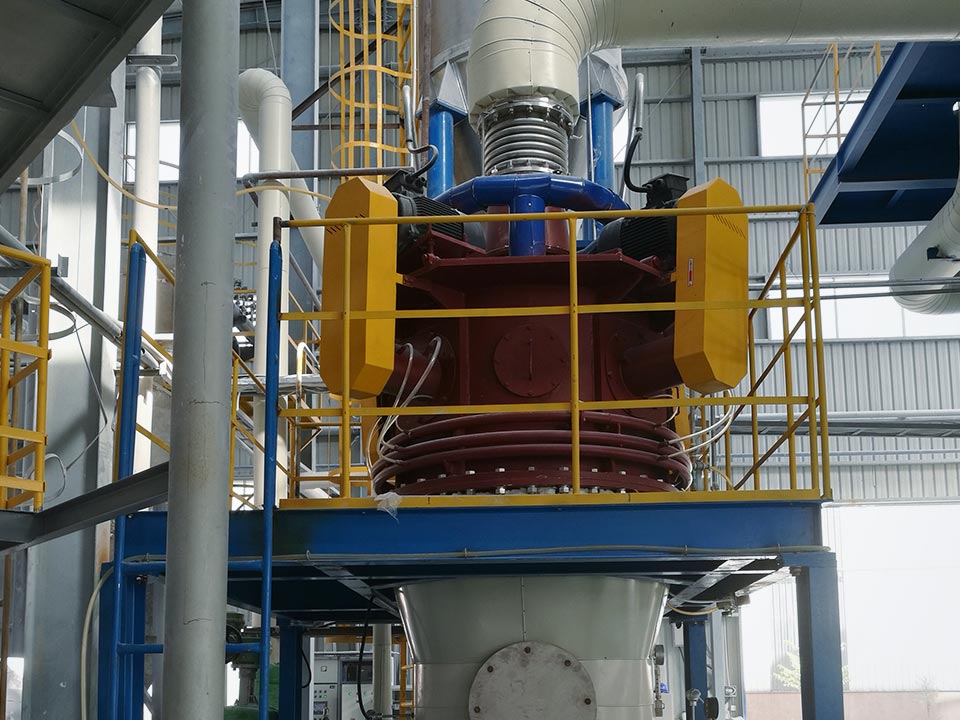Jet mills are used in low temperature environment, food health care, abrasive refractory, etc.
Jet mill is a process where compressed air is accelerated by Laval nozzles into supersonic airflow and then injected into the crushing zone to fluidize the material (the airflow expands into a fluidized bed to suspend and boil and collide with each other), so every particle has the same state of motion .

- Low temperature applications
The jet mill can be operated under supersonic airflow, and a low temperature environment of tens of degrees below zero is formed in the crushing chamber. It can perform ultra-fine processing of heat-sensitive substances and plastic materials without cooling with liquid nitrogen. The production cost is low and the benefit is high. Typical materials are: pigments, resins, sulfur, molybdenum disulfide, insecticides, epoxy resins, polytetrafluoroethylene, rubber, ferrophosphorus.
- Food and health products
The stainless steel type (304) jet mill can be used in the ultra-fine processing of medicine, food and health care products. Its low-temperature pulverization, high-purity operation and processing, high smoothness, and easy cleaning of the machine make the stainless steel jet mill become a pharmaceutical, health care product and The ideal crushing equipment for the food industry not only improves the bioavailability and curative effect of drugs, but also reduces production costs. Typical products are: soybeans, pollen, hawthorn, sodium chloride, cordyceps, shiitake mushrooms, pearl powder, stomach medicine, nimodipine, antibiotics, ginseng, contrast medicine, ganoderma, gallnut, fleeceflower, etc.
- Abrasive refractory
Jet mill can ultra-fine processing of hard materials with Mohs hardness above seven. The application of fluidized bed pulverization and vertical turbine classifier makes the equipment wear extremely small. The rotating speed of the grading wheel can be adjusted, and the crushing parameters can be optimized. The combination of multiple classifiers can complete narrow-band classification of several particle sizes at one time. Typical products include: garnet, silicon dioxide, diamond, silicon carbide, white carbon black, emery, bauxite, boron carbide, tungsten carbide, special ceramics, etc.
